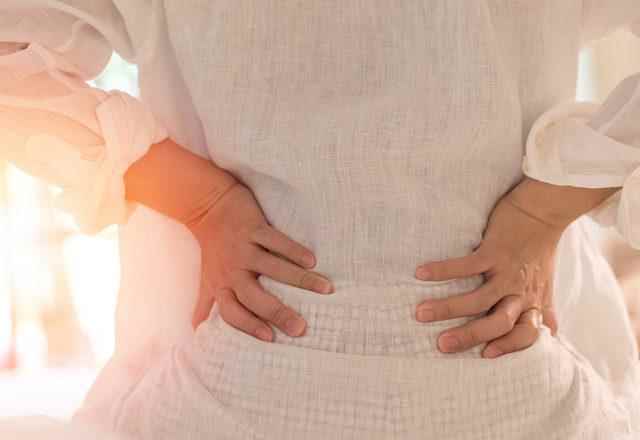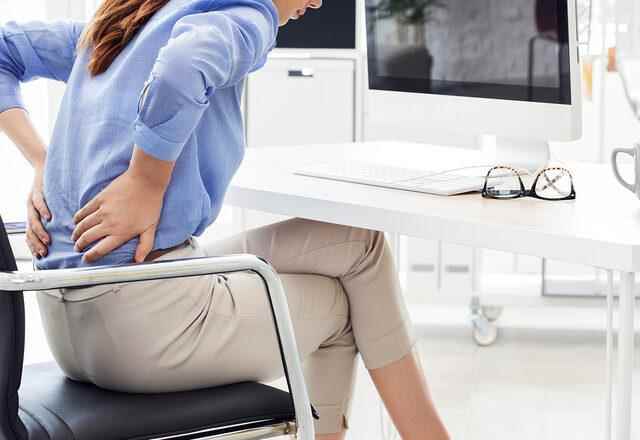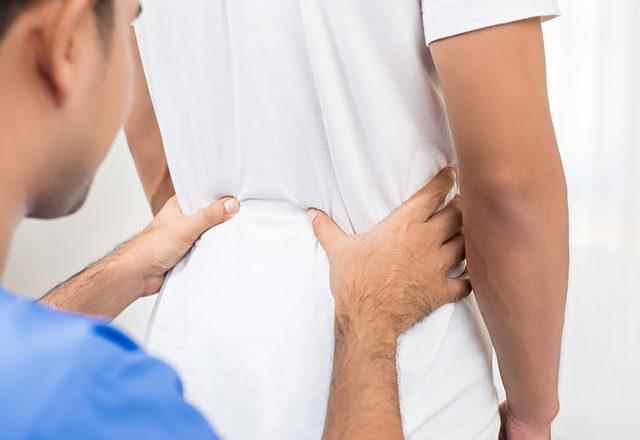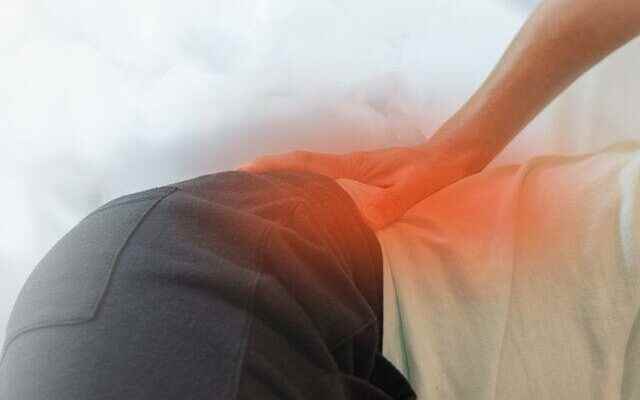Living sedentary, lifting heavy, making sudden movements, posture disorders cause low back pain. For this reason, it is thought that low back pain will go away on its own at home. Brain and Nerve Surgery Specialist Assoc. Dr. Timur Yıldırım stated that approximately 50 percent of low back pain subsided in 2 weeks and 80 percent decreased within 6 weeks, and said that low back pain that does not go away after 6 weeks is classified as chronic pain.
PHYSICAL ACTIVITY OR LONG STANDING INCREASE PAIN
Brain and Nerve Surgery Specialist Assoc. Dr. Timur Yıldırım gave information about the causes of low back pain and treatment options. Assoc. Dr. Timur Yıldırım said, “While low back pain occurs with trauma, weight lifting or sudden strain, it can also occur without any reason. Usually, the pain increases with physical activity, standing or sitting for a long time, and decreases with rest. While low back pain may be in the form of a deep ache and burning from the middle of the lumbar region, it can also be in the form of pain that radiates to the hip or thigh on one or both sides.
“A HEALTHY SPINE DOESN’T CAUSE PAIN”
Emphasizing that it is difficult to find the true source of low back pain, Timur Yıldırım said, “Our back consists of 5 vertebrae and pillows called discs between the vertebrae. The disc itself, the surrounding connective and muscle tissue, spinal joints and cartilage structures can be a source of pain. While all these structures carry the weight of the body in harmony and allow us to stand in an upright position, they also enable us to make certain movements. A healthy spine in all these structures does not cause pain.
THE CAUSE OF THE MOST COMMON LOWER PAIN IS DISC ORIGIN

Stating that the most common cause of low back pain is disc-based pain, Assoc. Dr. Yıldırım said, “The disorder in the structure of the disc can also lead to deterioration in other structures of the spine segment, which is a whole structure. This process may result in the self-repair of the disc, as well as cause disc herniation, which can be defined as the overflow of the inner layer towards the nerves, or diseases defined as lumbar narrow canal due to thickening of other supporting tissues.
LACK PAIN THAT DOESN’T EXCEED 6 WEEKS GOES TO CHRONIC PAIN

Noting that it is not necessary to wait longer than 6 weeks to get rid of low back pain, Yıldırım said, “In most cases, herniated disc heals on its own within a few days or weeks. The natural course of low back pain is self-healing. Approximately 50 percent of low back pain is relieved in 2 weeks, and 80 percent decreases within 6 weeks. Low back pain that does not go away after 6 weeks is classified as chronic pain. Preventive care should be considered as the first line of treatment unless there is muscle weakness, difficulty walking, loss of bladder or bowel control. The main goal of non-surgical treatment is to reduce pain.
BED REST SHOULD NOT BE LONG

Short-term bed rest in pain attack is beneficial as it will reduce the load on the waist. However, bed rest should not be taken for a long time, it should be remembered that it may cause more pain as a result of weakening of the muscles. Painkillers recommended for the treatment of low back pain are usually drugs to block some chemical mechanisms that cause pain. The most important point to remember is that all medical treatment methods for low back pain will not eliminate the source of pain, but will reduce the degree of feeling of pain. If the repair mechanisms of our body can repair the tissue that is the source of pain for up to 6 weeks, low back pain will pass. If the cause of persistent pain and loss of strength in the legs despite all treatment methods is due to advanced disc herniation in radiological examinations, surgical treatment is inevitable.
THE PATIENT CAN BE DISCHARGED THE SAME DAY AFTER THE SURGERY

Stating that spinal cord surgery accounts for 10-15% of hernia cases, Yıldırım said, “Microdiscectomy is the most common treatment method used in lumbar hernia surgery. It is applied to relieve the pressure on the nerve root and relieve pain by removing herniated disc parts. Especially in the elderly and patients with concomitant diseases such as diabetes and hypertension, the very short recovery period after surgery provides a great advantage. The patient is up and walking within 3-4 hours after the operation, and is discharged on the same day or the next day. He can return to work within five days after the operation.
